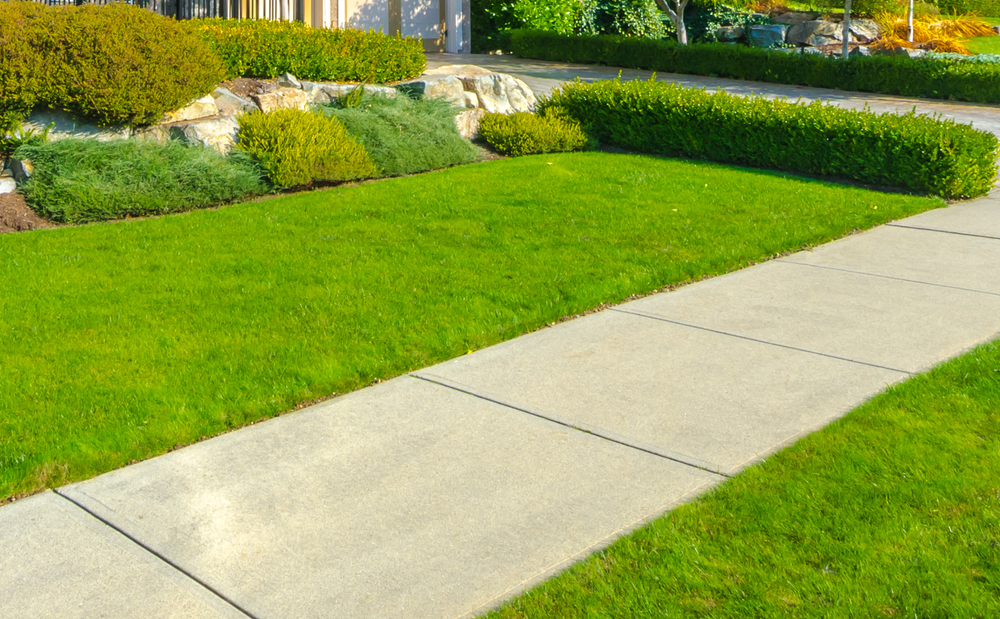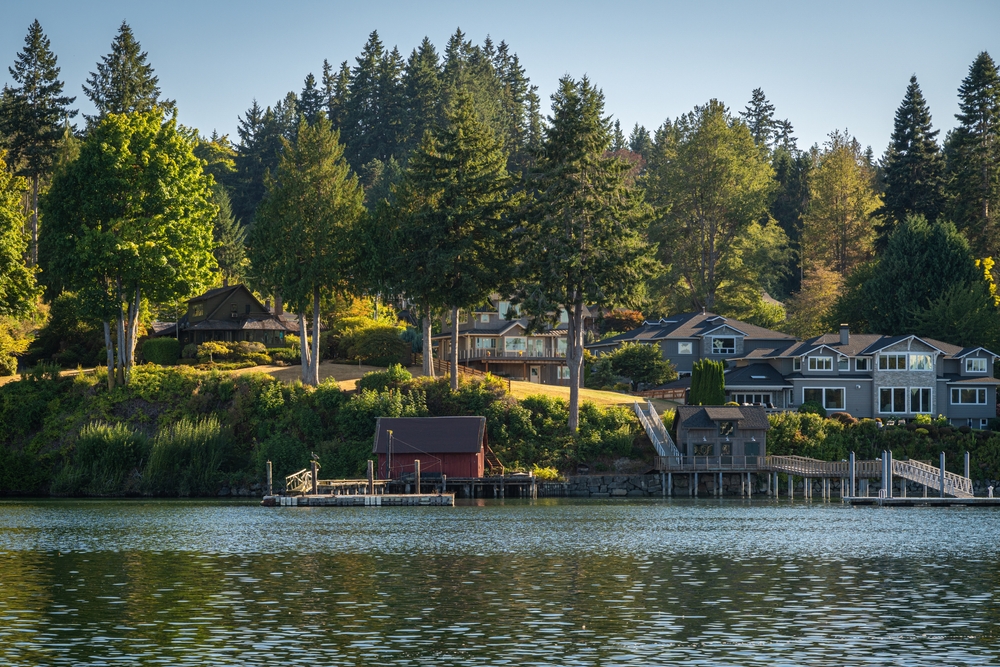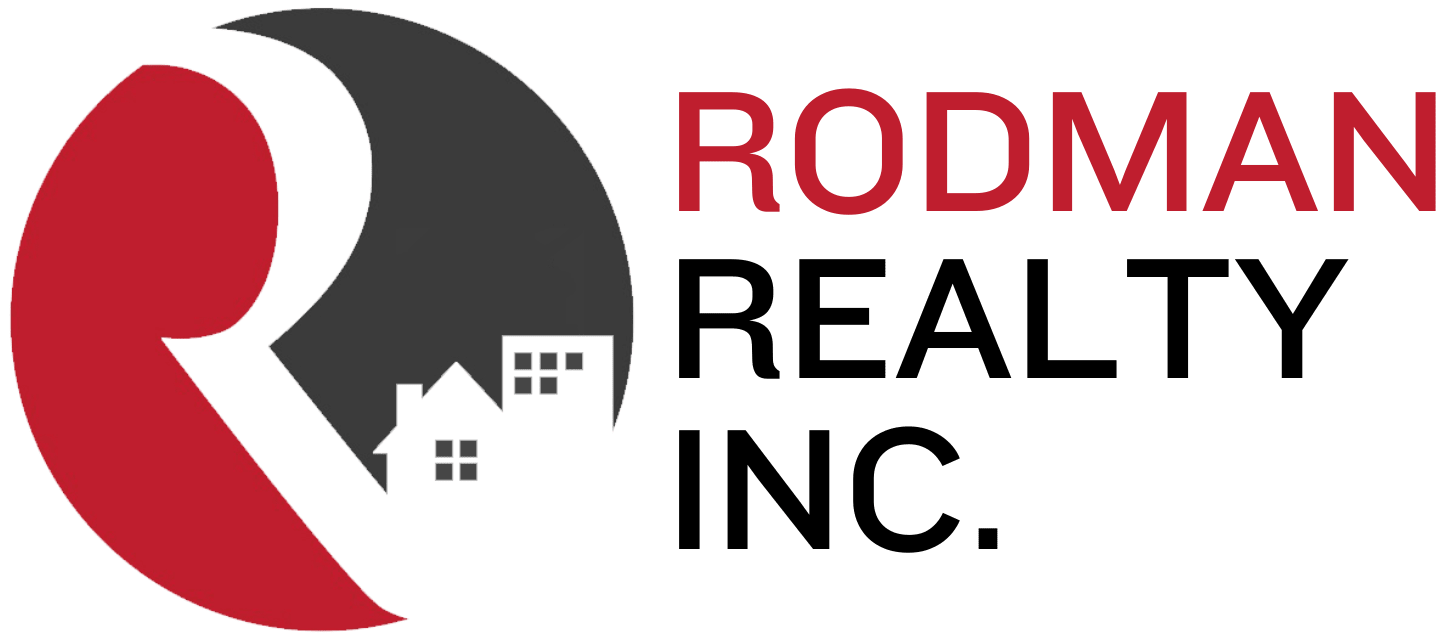As urban areas continue to expand and evolve, the concept of smart growth has become increasingly important in shaping the future of our communities. Smart growth principles prioritize sustainable development, walkability, and mixed-use neighborhoods, creating vibrant and livable spaces that benefit both residents and the environment. In Washington, these principles are playing a crucial role in the state's urban planning and real estate development, leading to the creation of thriving, future-oriented communities.
Embracing Walkability: Designing Pedestrian-Friendly Neighborhoods

One of the key tenets of smart growth is the emphasis on walkability. By designing neighborhoods that prioritize pedestrian access and safety, communities can reduce reliance on cars, promote healthier lifestyles, and foster a sense of community. In Washington, many cities and towns are embracing this concept by investing in sidewalk improvements, creating pedestrian-friendly streets, and developing interconnected trail systems. These efforts not only enhance the quality of life for residents but also contribute to the overall appeal and value of real estate in these areas.
Redmond, a thriving city in the Seattle metropolitan area, serves as an excellent example of successful walkability implementation. The city's downtown core has undergone significant revitalization, with a focus on creating a pedestrian-friendly environment. Wide sidewalks, attractive streetscapes, and strategically placed crosswalks encourage residents and visitors to explore the area on foot. The result is a vibrant, engaging downtown that attracts businesses, residents, and investors alike.
In addition to Redmond, other Washington cities like Bellevue and Kirkland are also making strides in improving walkability. Bellevue's Downtown Livability Initiative aims to create a more pedestrian-friendly city center, with enhanced sidewalks, public spaces, and connections to transit. Similarly, Kirkland's Cross Kirkland Corridor is a 5.75-mile trail that provides a safe and convenient pathway for pedestrians and cyclists, linking neighborhoods, parks, and business districts.
Mixed-Use Developments: Creating Vibrant, Self-Sustaining Communities
Another critical aspect of smart growth is the promotion of mixed-use developments. These developments combine residential, commercial, and recreational spaces within a single area, creating self-sustaining communities that reduce the need for long commutes and encourage local economic growth. By integrating housing, shops, restaurants, and green spaces, mixed-use developments foster a sense of community and provide residents with convenient access to essential amenities.
One notable example of a successful mixed-use development in Washington is the Vancouver Waterfront. This ambitious project has transformed a former industrial site into a thriving, multi-faceted community. The development features a mix of residential units, retail spaces, restaurants, and public parks, all seamlessly integrated along the beautiful Columbia River. The Vancouver Waterfront showcases how smart growth principles can breathe new life into underutilized areas, creating attractive and sustainable communities that drive real estate demand.
Another impressive mixed-use development is the Point Ruston project in Tacoma. This former Superfund site has been transformed into a vibrant, waterfront community that includes residential units, retail shops, restaurants, a movie theater, and a public park. The development has not only revitalized the area but also demonstrates how smart growth principles can be applied to challenging sites, turning environmental liabilities into community assets.
Sustainable Practices: Building a Greener Future
Smart growth also prioritizes sustainable practices, ensuring that urban development minimizes its environmental impact and preserves natural resources for future generations. In Washington, many communities are embracing green building techniques, renewable energy solutions, and water conservation measures to create more sustainable and resilient neighborhoods.
The Bullitt Center in Seattle is a prime example of sustainable development in action. This innovative office building is designed to be one of the greenest commercial buildings in the world, featuring a range of cutting-edge sustainability features. From its rooftop solar panels and rainwater harvesting system to its energy-efficient design and use of non-toxic materials, the Bullitt Center demonstrates how smart growth principles can be applied to create environmentally friendly and economically viable real estate projects.
Another notable example of sustainable development is the Grow Community on Bainbridge Island. This net-zero energy neighborhood features energy-efficient homes, community gardens, and a shared solar energy system. The development prioritizes walkability, with narrow streets and abundant green spaces that encourage residents to interact and engage with their surroundings. The Grow Community showcases how smart growth principles can be applied to create sustainable, close-knit neighborhoods that promote both environmental stewardship and social cohesion.
Transit-Oriented Development: Connecting Communities and Reducing Car Dependence
Smart growth also emphasizes the importance of transit-oriented development (TOD), which focuses on creating compact, walkable communities centered around public transportation hubs. By integrating residential and commercial spaces with transit systems, TOD reduces car dependence, promotes sustainable transportation options, and improves access to jobs, services, and amenities.
In Washington, the Angle Lake Station in SeaTac is a successful example of transit-oriented development. This mixed-use project, located adjacent to the Link light rail station, features residential units, a hotel, retail spaces, and a public plaza. The development leverages its proximity to transit, allowing residents and visitors to easily access the light rail system and reducing the need for private vehicle ownership.
Similarly, the Spring District in Bellevue is another TOD project that is transforming the city's real estate landscape. This 36-acre, mixed-use development is designed to be a walkable, transit-oriented neighborhood, with easy access to the future East Link light rail extension. The Spring District will include residential units, office spaces, retail shops, and open green spaces, creating a vibrant, connected community that embraces smart growth principles.
As Washington continues to embrace smart growth principles, the state's real estate landscape is undergoing a significant transformation. By prioritizing walkability, mixed-use developments, sustainable practices, and transit-oriented development, communities are creating vibrant, livable, and future-oriented spaces that attract residents, businesses, and investors. These principles not only contribute to the overall quality of life but also drive real estate value and demand.
If you're interested in exploring the exciting opportunities that smart growth communities offer in Washington, contact Rodman Realty today. With extensive knowledge of the local real estate market and a commitment to sustainable, forward-thinking development, Rodman Realty can help you find the perfect home or investment property in one of Washington's thriving, smart growth neighborhoods. Don't miss your chance to be a part of shaping the future of Washington's real estate landscape.

